The Hutchinson Griffus is a stable, precise, grippy, and predictable tire designed to push the speeds and limits of aggressive All Mountain and Enduro riding in a variety of terrain and trail conditions. The Griffus tires were developed to meet the needs of their EWS athletes, Cécile Ravanel and Isabeau Courdurier, and work in a wide range of dry, rough, and loose conditions., where control, traction, braking, and cornering confidence are paramount.
The Griffus (The Claw) tire comes in 27.5″ and 29″ sizes, 2.4″ and 2.5″ widths, and retails for $79.99.
For further information, refer to hutchinsontires.com.
Models
The Griffus tire comes in 27.5″ and 29″ sizes, and 2.4″ and 2.5″ widths, with the 2.5″ getting a more aggressive and taller tread pattern for stronger cornering, traction, and braking grip, while the 2.4″ offers faster rolling characteristics. Hutchinson recommends using their 2.5″ in the front of the bike, and the 2.4″ in the rear. I like more traction instead of improved rollability, so I am initially testing the 2.5” in the front and rear, though I’ll be trying the 2.5″ front and 2.4″ rear combination this fall. By developing these two models, their goal is to be able to offer the best tire system to maximize performance.
For tan sidewall groupies, it’s an available option in the 27.5″ size. The MSRP for any of the models is $79.99.
Measured weights:
- Griffus Gravity 29″ x 2.5″
- 1050 grams
- 1049 grams
- Griffus Gravity 29″ x 2.4″
- 1058 grams
Casing, Compound, and Tread
It utilizes a 66tpi casing and their durable Hardskin textile fabric on the sidewalls and under the tread, for protection from punctures, cuts, and tears. It features their triple compound Gravity design, with a supportive base of 94a durometer, a center of 50a rubber, and finally a softer, 40a compound for the side knobs.
The shoulder tread pattern features alternating staggered open and closed L-shaped blocks, with a center cutout on each block. The center lineup features an alternating set of separated mildly ramped dual knobs, one set being slightly wider than the other and includes forward-facing cutouts.
The square-faced and tall knobs all work together for excellent braking and traction, clearing out mud and debris, and biting nicely into loose trail conditions.
Impressions
I mounted the 29er 2.5″ Griffus tires (front and rear) on a set of Derby i30 carbon rims on my superb Ibis RipMo 29er. I ran them tubeless, since that is always my preference for any tire, as it offers a better feel, no pinch flats and allows lower pressures. Thankfully, I never had any leakage, loss of air, and burping problems while running them in this manner. They preferred lower pressures, so I kept them at 20 psi for my 165 lbs weight, as that’s where they offered a great compromise of cornering support, suppleness, and grip.
My local testing terrain is predominantly loose rocky conditions, with many long steep climbs and descents, rock gardens, slick rock, occasional smooth singletrack and lots of ugly, loose gravel. Riding the Colorado Pikes Peak gravel is a humbling experience as you try to grab any semblance of traction in the deep kitty litter on a trail.
The more rounded profile Griffus 2.5″ tires averaged 1050 grams in weight and the width measured in at 2.43″ (knobs and carcass), so on the skinny side of 2.5″ tires. They were mostly tested out in dry and loose conditions, that consisted of loose loam, sand, and gravel, though there were some periods of spring snow. They dealt fine with wet conditions, and they adhered decently to rocks and roots without any undue slippage, though they are a bit of there realm in deep mud.
Their triple Gravity compound with the supportive 94a base, soft 50a center, and softer 40a shoulder offers a unique blend of functionality, that is torsionally stable over the circumference of the tire, and soft where the tread needs to grab and corner. This combination significantly improves the overall cornering, traction, braking, and grip characteristics, yet still provides security and composure when pedaling and steering. The tread pattern and compound are pliable and conforming without any squirm, which significantly helps when motoring up and down through gnarly terrain, including ledges, rock gardens, roots, and slabs.
The tires hooked up nicely in loose conditions, offering excellent braking and cornering, along with great traction, though in deep gravel they lost their prowess, and could spin out. They shined in rock gardens and on slabby terrain and especially came to life when the speeds moved up to Mach 1. For such a meaty tire with an aggressive tread pattern and tall blocky knobs, they rolled quite well, offering adequate pedaling and decent acceleration. For cornering, they easily transition over with some slight handlebar pressure, and hooked up exceptionally well with a great bite and feel from the side knobs. Even when the front end would occasionally wash out, it did so in a predictable manner, and you never felt a loss of control.
I tossed them into some ugly terrain, from burly rock gardens to high speeds forays, and I haven’t had any sidewall tears or damage. The exceptional protection is significantly due to their durable and stout bead-to-bead Hardskin textile reinforcement. The tread’s been remarkably durable, with only light wear. I haven’t suffered any knob tears, though there is some subtle cracking on the side ones, which is typical of tall soft blocks.
Bottom Line
The Hutchinson Griffus 2.5″ is an excellent all-around aggressive tire with excellent cornering attributes, decent rolling, great traction and braking characteristics, and good durability.
The triple compound design was grippy and functional, and the 2.5″ models’ aggressive tread pattern and tall knobs were practical in loose dry conditions and rocky terrain. It fly’s like a demon when pushed, and offers incredible predictability on any terrain, especially in gnarly rock gardens. The tread bit into loose conditions with aplomb and provided great traction and braking, though in the deepest gravel the rear could pop loose. The round profile and soft beefy side knobs would hook up with a smidge of handlebar pressure, providing precise cornering. The carcass conformed nicely to the terrain, and the knobs and Hardskin sidewall protection have been durable.
Test period: 4 months
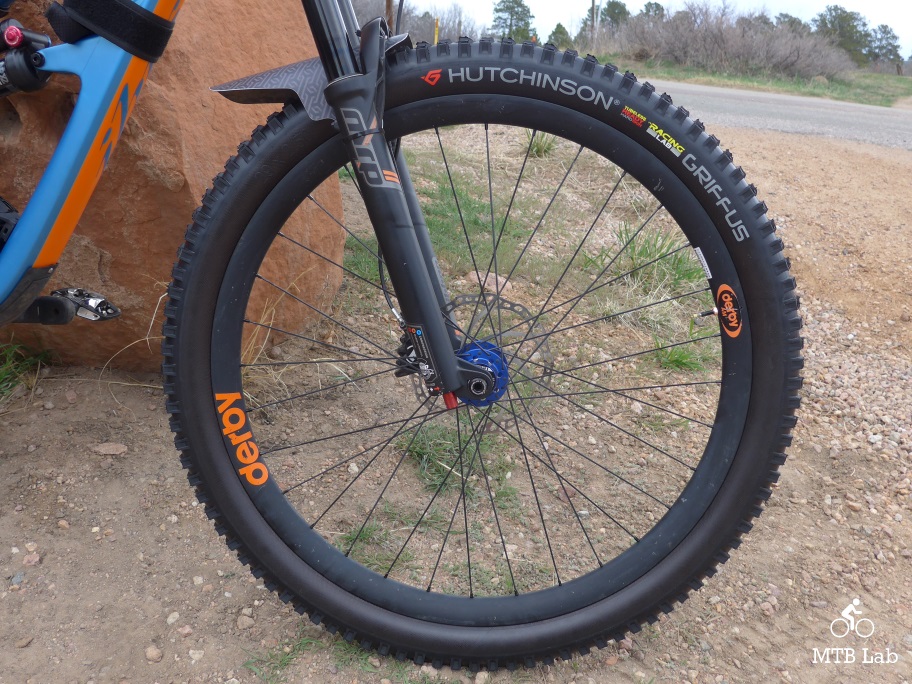
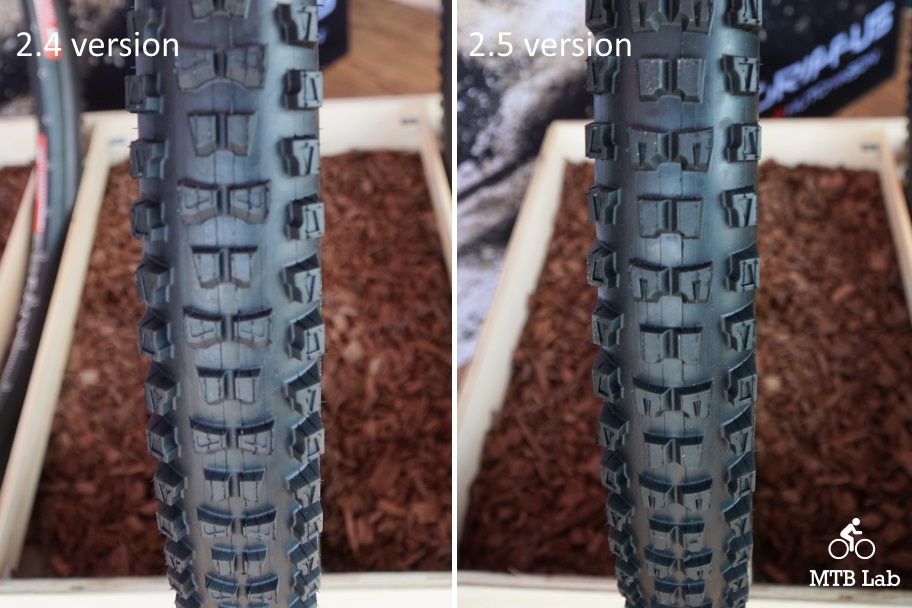
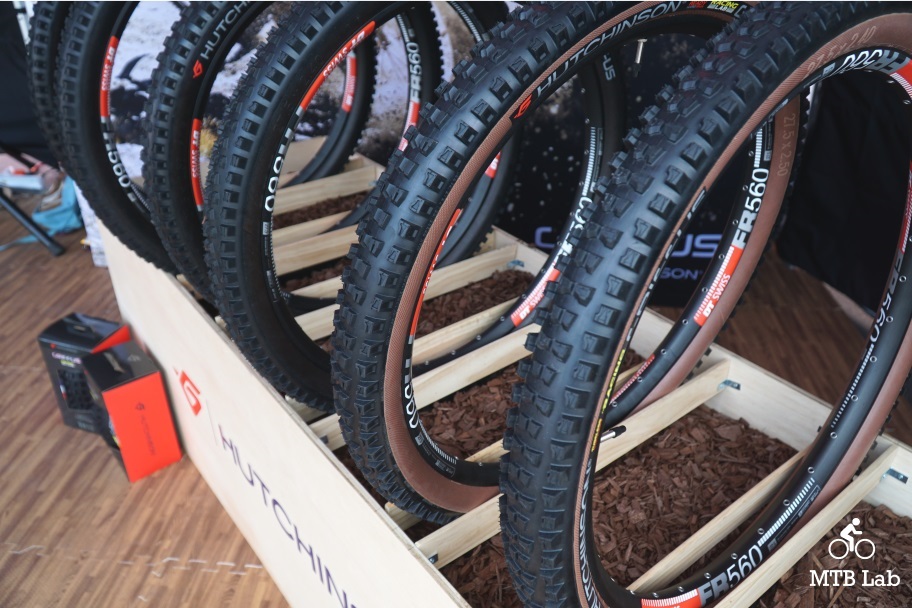

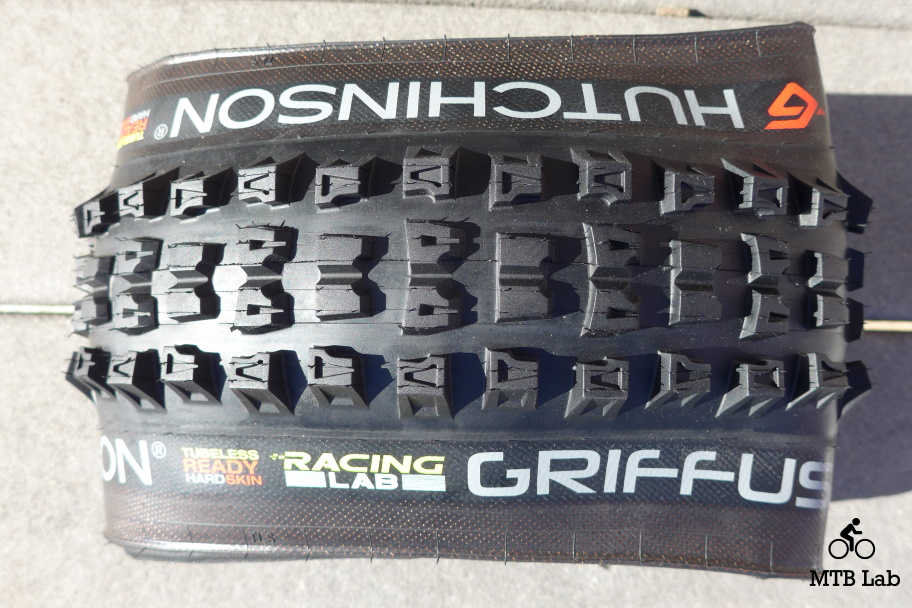
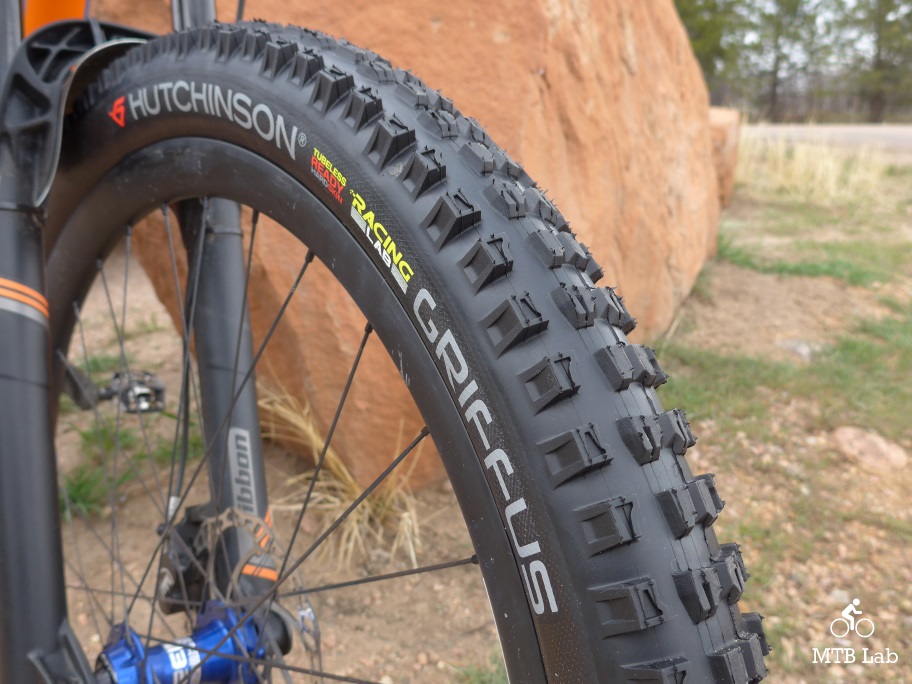
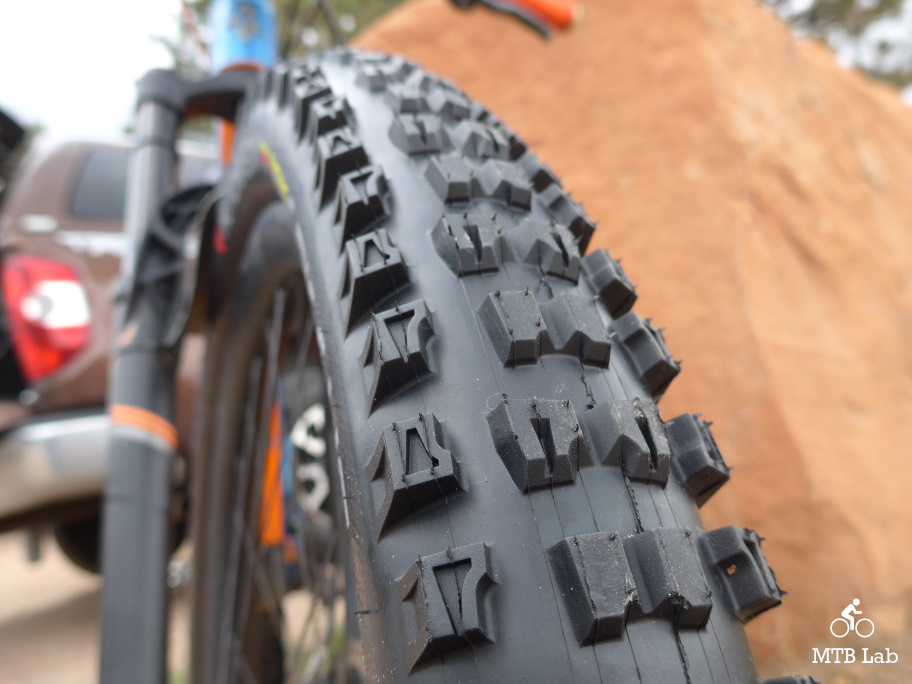
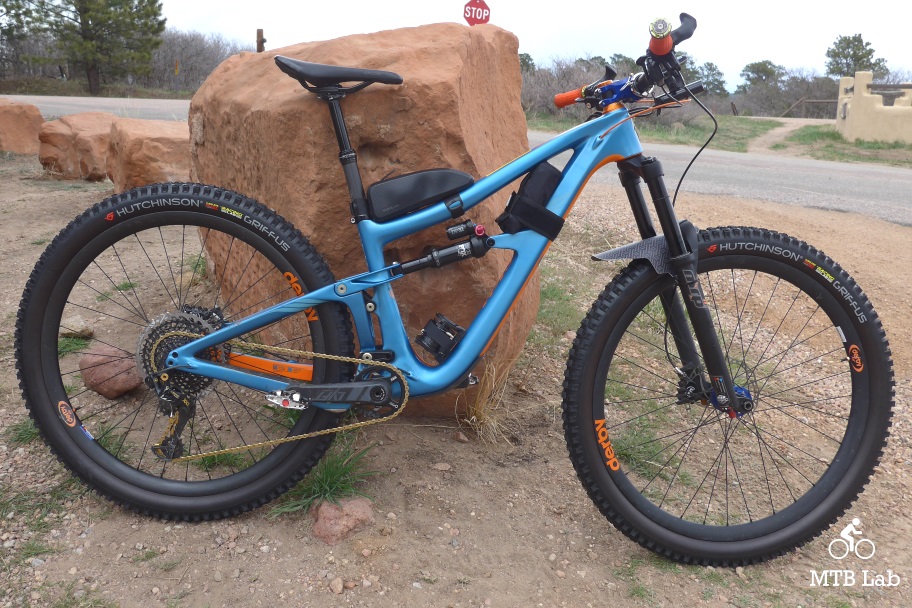





{ 0 comments… add one now }